|
Seeds! That essential element of prairie restoration, seeds are hand gathered and then planted by stewards, volunteers, and crew over hundreds of acres at Nachusa Grasslands each year. Gathering seeds by hand assures that only the right, ready, and wanted species are collected. But there is another method of seed harvesting and planting utilized at Nachusa: mechanized, with combine and broadcast seeders. With a combine, very large areas of seeds can be gathered in a very short time. In 2016, the Nachusa crew hand collected about 4000 lbs. of seed, while combining yielded about 20,000 lbs. Combining is not as precise a method as hand gathering and will retrieve the seeds of everything in its path, including weeds. This is minimized by carefully monitoring the path of the combine and either driving around an area of unwanted seeds or by disengaging the combine head. The photo above shows a field which yielded a variety of seeds: Big and Little Bluestem; Indian Grass; Smooth, Sky Blue, and Silky Asters; Old Field, Missouri, and Showy Goldenrod; Rough Blazing Star; Round–headed Bush Clover; and Pale Purple Coneflower, among others. The advantage of this method, in addition to large-scale collecting, is that it frees the crew to concentrate on rare, harder to collect seeds, such as from those plants that are too low to the ground to gather by combining. Combines can operate with different types of heads (front part of combine) for harvesting various grains and seeds. Nachusa's combine uses a rice-stripping head. The metal "fingers" (photo above) spin very fast, stripping seeds off each stem. This is much more efficient and collects less chaff compared to using a soybean head, which cuts and harvests the stems along with the seeds. The combine has also been further modified: the fans have been turned off and the top of the stripping head has been covered with a wire screen to minimize the loss of the fine, fluffy seeds. Because the special head brings in very little chaff, the seeds can be directly planted without going through the hammermill. After drying, the seed collected by combining is mostly given to conservation partners of Nachusa Grasslands, such as Byron Forest Preserve, Natural Land Institute, and Franklin Creek State Natural Area. Some of the seed is used to supplement the seed hand gathered by stewards and crew. Some of the seed is used to plant areas that were recently cleared of brush. This 103-acre field is much too large an area to plant by hand. The crew fills antique broadcast seeders with a mixture of the combine-gathered seed and hand-gathered seed. The broadcast seeders, attached to the back of trucks, are then driven over the field, again and again, spreading the seed. There are many factors that filter into a successful restoration. Weather, of course, is one factor. Often, after an initial planting, there are places where growth is sparse. Overseeding is done, sometimes over several years, to help increase growth and also to add more diverse plants. Diligent weeding is also done to eradicate unwanted and invasive species. New plantings are often burned on a yearly basis for a few years to help with weed control and encourage native species growth. Nachusa's staff and volunteers have gone through this process of collecting and planting prairies over 120 times within the past 30 years. After many years of care and hard work, a beautifully restored prairie may bloom. This blog was written by Charles Larry, volunteer and photographer at Nachusa. To see more of his images, see: charleslarryphotography.zenfolio.com
6 Comments
"What a package of potential a seed is! Most of the prairie seeds I harvested weigh almost nothing but contain the genetic plans for a future.” JAN GRAINGER Volunteer Steward Nachusa volunteers and stewards collect 125+ seed species for both new and field–overseed plantings. Seed collection begins at Nachusa around mid–May and continues through the first week of November. This year 100 new acres will be planted to prairie and about a dozen stewards will overseed 150 acres or more on various newer restorations. How much seed is needed to plant 100 acres to prairie this fall? About 5,000 pounds!!!! |
| Equipped with buckets, bags, scissors and clippers, stewards and volunteers walk through the fields searching for mature seed. Harvesting seed by hand is time–consuming and labor intensive, but there are advantages. Some seeds are on tiny plants close to the ground and located on rocky slopes. The only way to harvest these is for collectors to crawl on their hands and knees to pick each seed individually. |
Today’s author is Dee Hudson, a photographer and volunteer for Nachusa Grasslands. To see more prairie images, visit her website at www.deehudsonphotography.com.
Blog Coordinator
I am a nature photographer, a freelance graphic designer, and steward at Nachusa's Thelma Carpenter Prairie. I have taken photos for Nachusa since 2012.
Editor
I have been a high school French teacher, registered piano technician, and librarian. In retirement I am a volunteer historian at Lee County Historical and Genealogical Society.
Categories
All
Autumn
Bison
Citizen Science
Controlled Burns
Exotic And Invasive Plants
Grants
Grassland Birds
Harvest
Illinois Prairies
Insects
Land Restoration
Land Stewards
Native Bees
Native Grasses
Native Wildflowers
Oaks
Photography
Planting
Plants
Preservation
Sandstone
Science
Shrubs
Soil
Turtles
Volunteer
Water Quality
Wetland
Wildlife
Winter
Woodland Restoration
Archives
January 2024
December 2023
February 2023
January 2023
October 2022
May 2022
January 2022
December 2021
August 2021
May 2021
April 2021
February 2021
December 2020
October 2020
September 2020
August 2020
July 2020
June 2020
May 2020
April 2020
March 2020
February 2020
December 2019
October 2019
September 2019
August 2019
July 2019
June 2019
May 2019
February 2019
December 2018
June 2018
May 2018
April 2018
March 2018
December 2017
November 2017
October 2017
September 2017
August 2017
July 2017
June 2017
May 2017
April 2017
March 2017
February 2017
January 2017
December 2016
November 2016
October 2016
September 2016
August 2016
July 2016
June 2016
May 2016
April 2016
CONNECT WITH US |
|
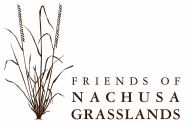
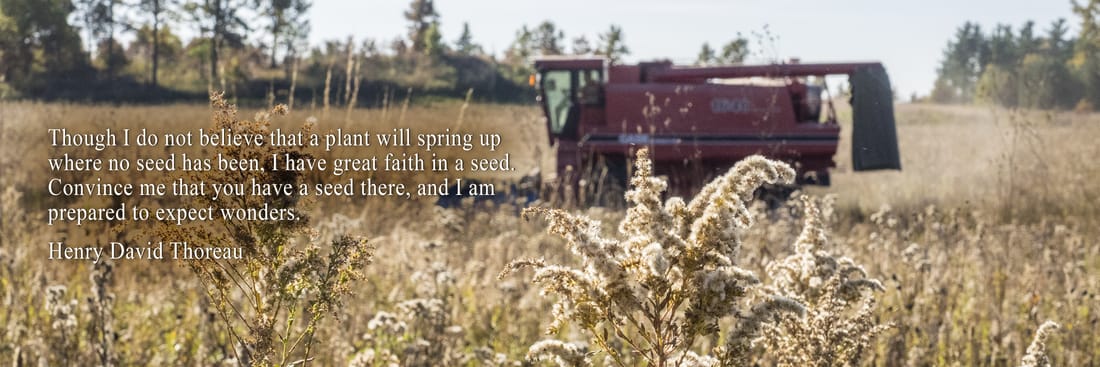
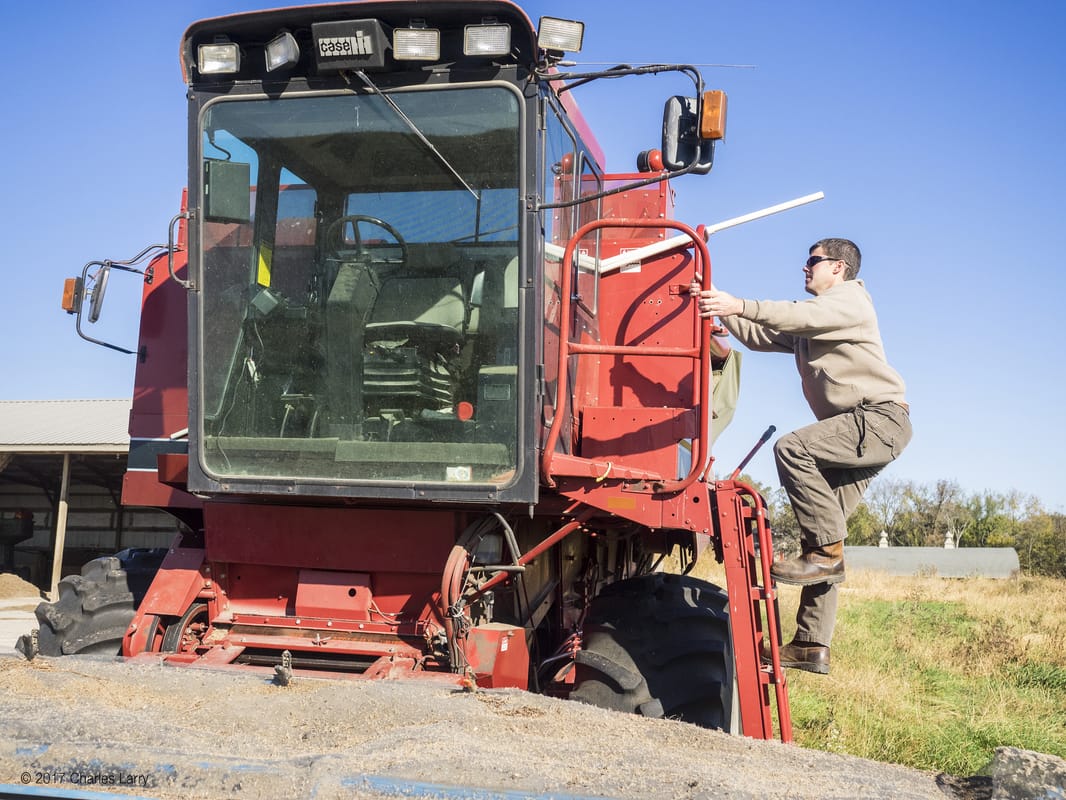
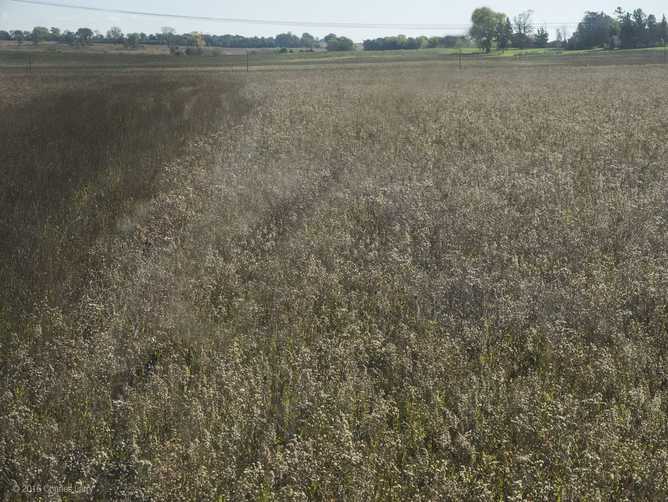
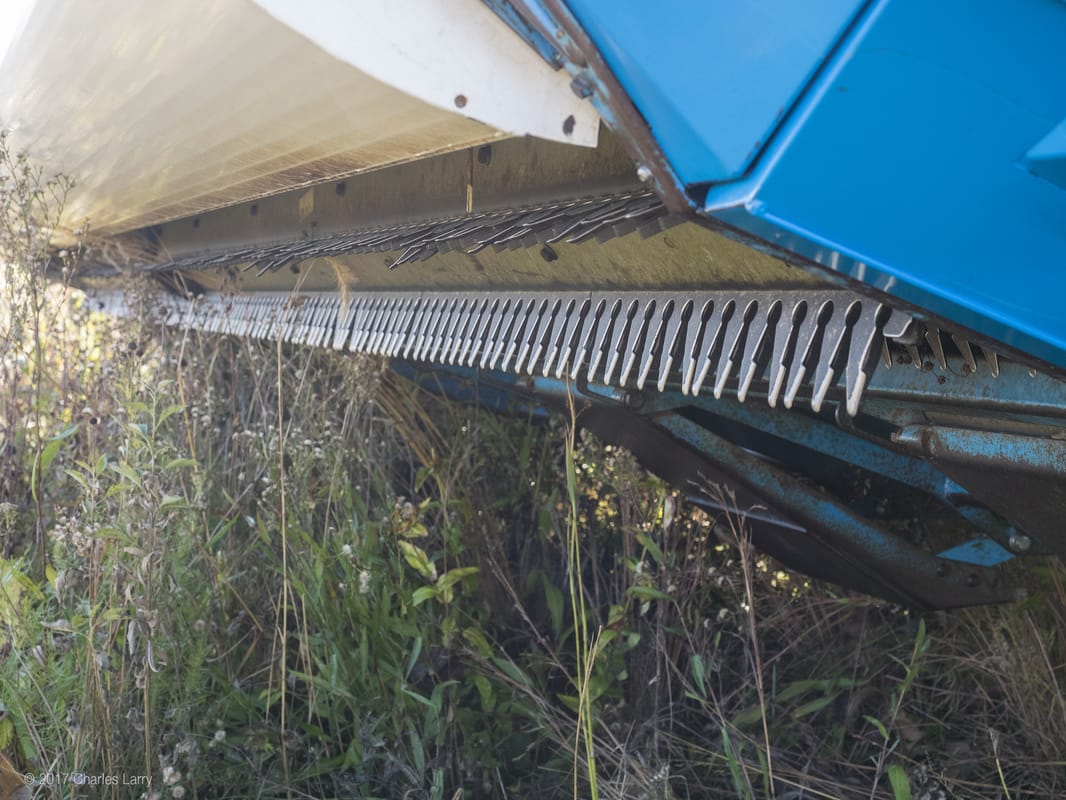
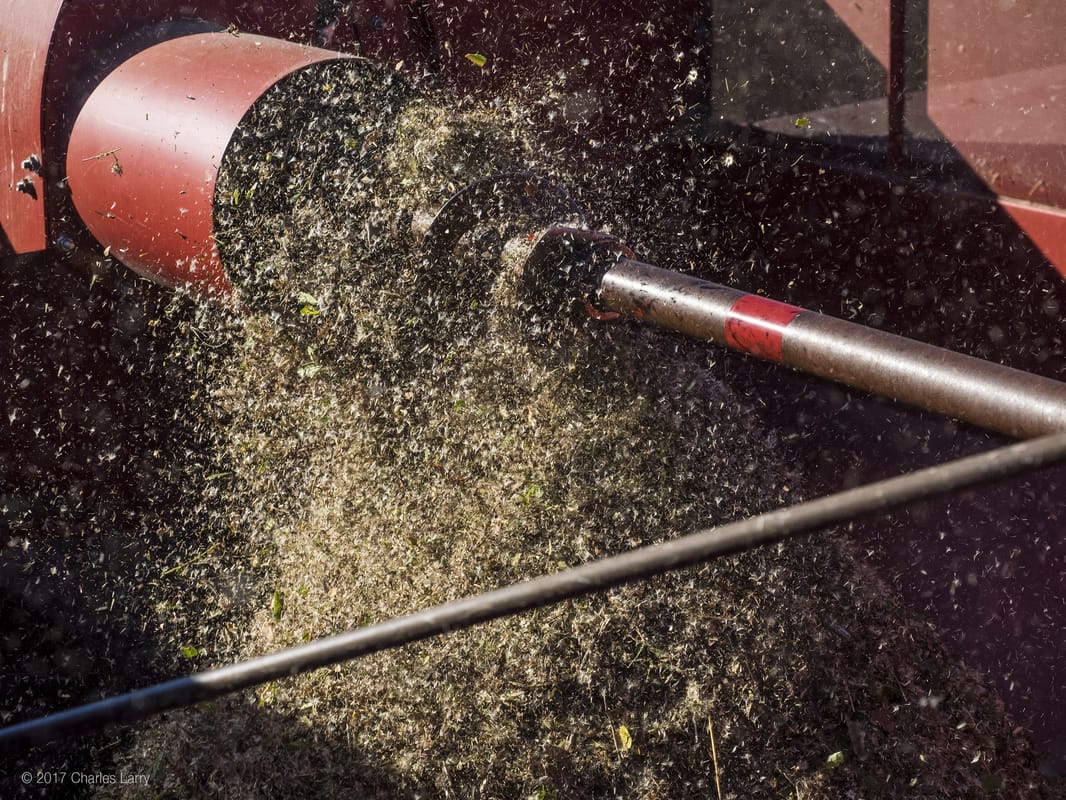
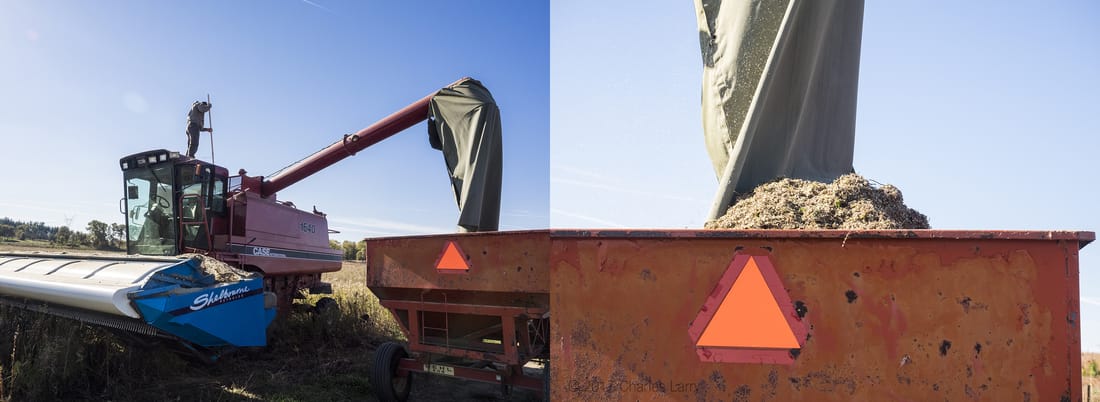
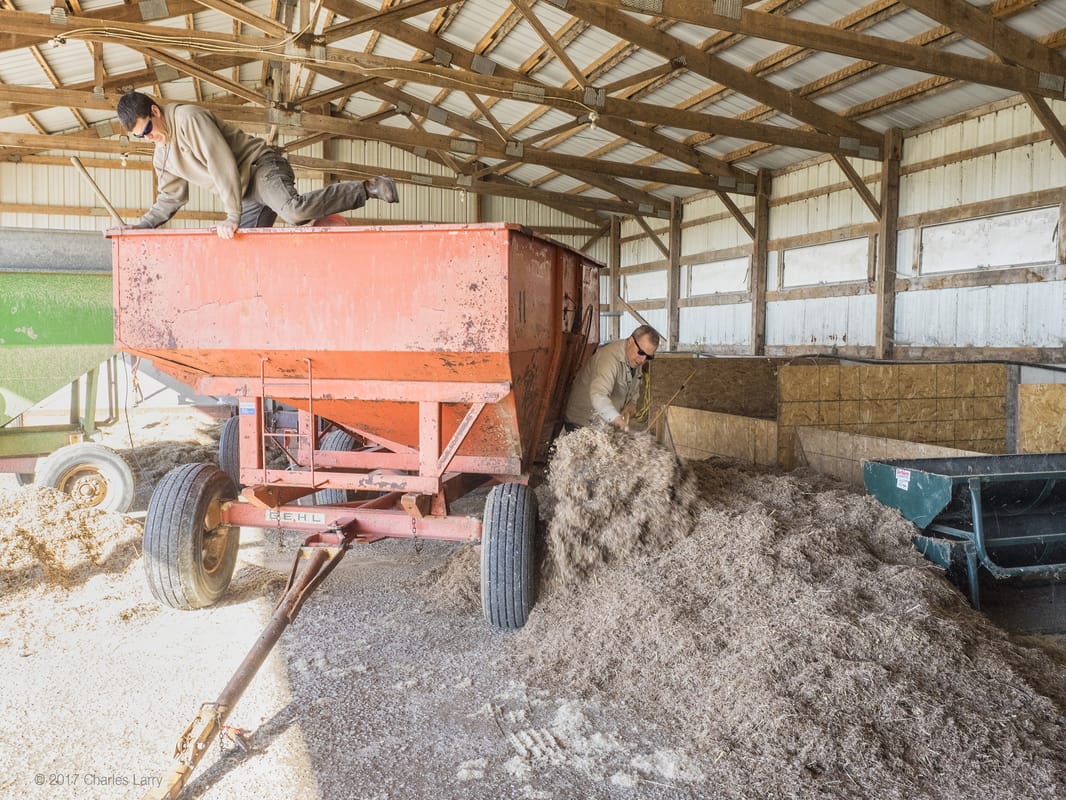
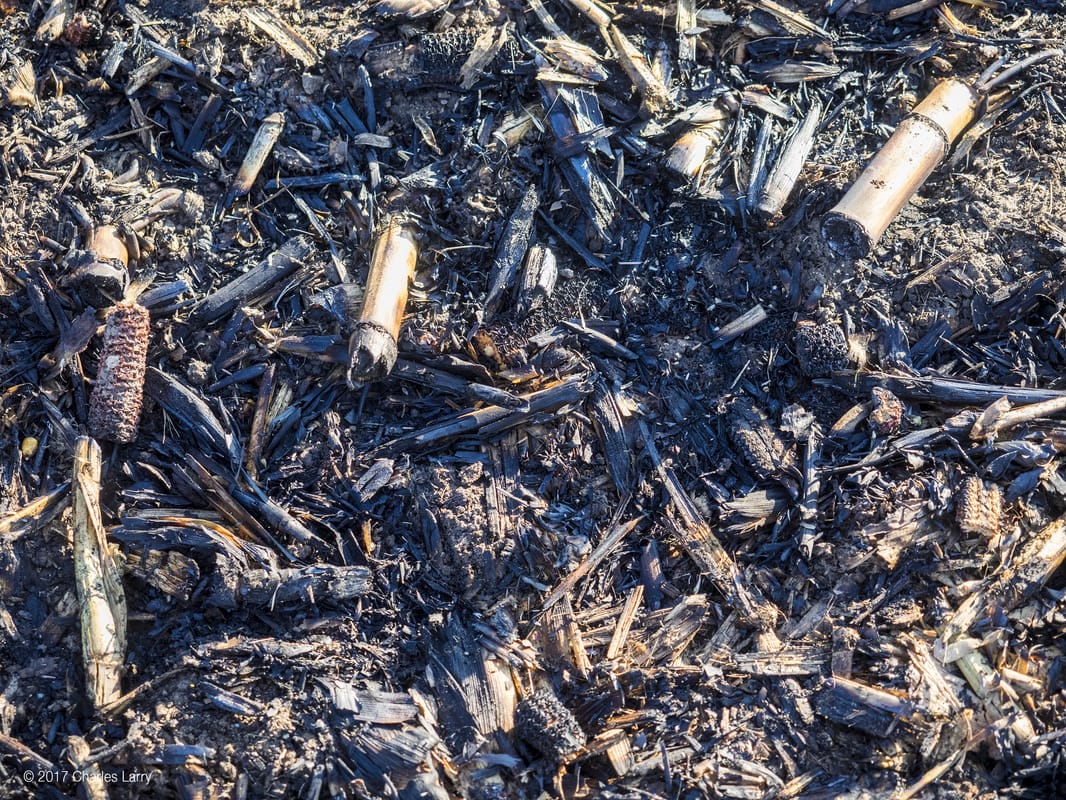
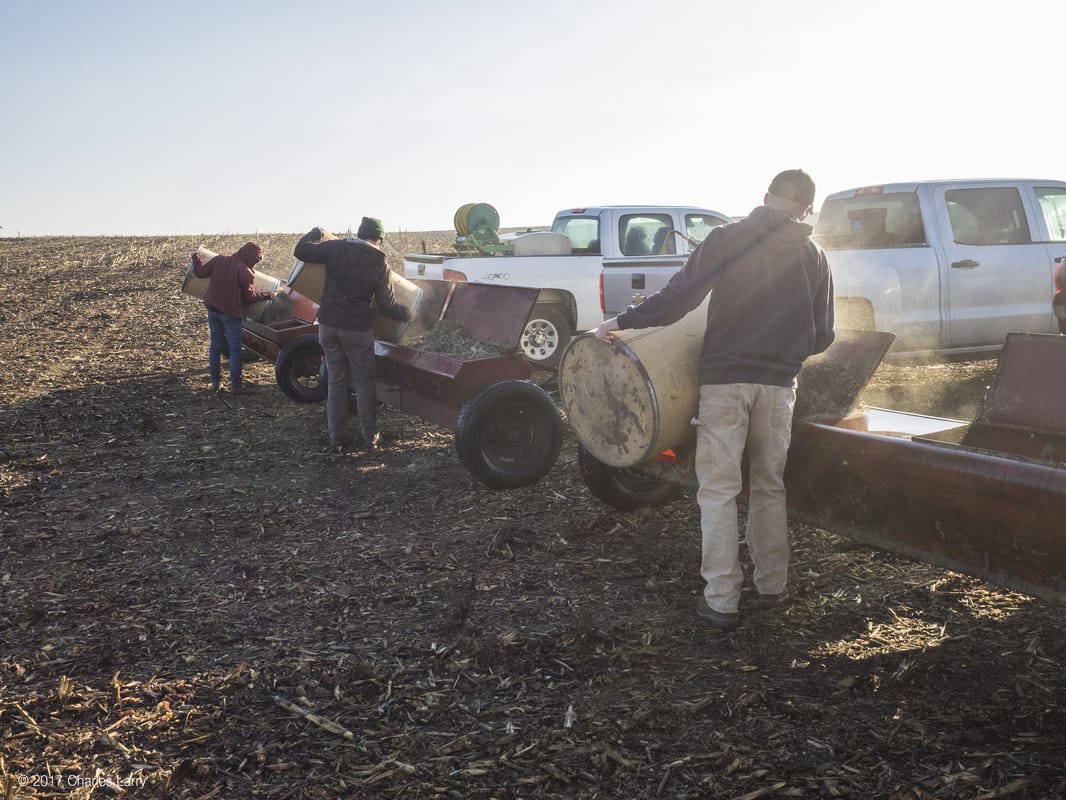
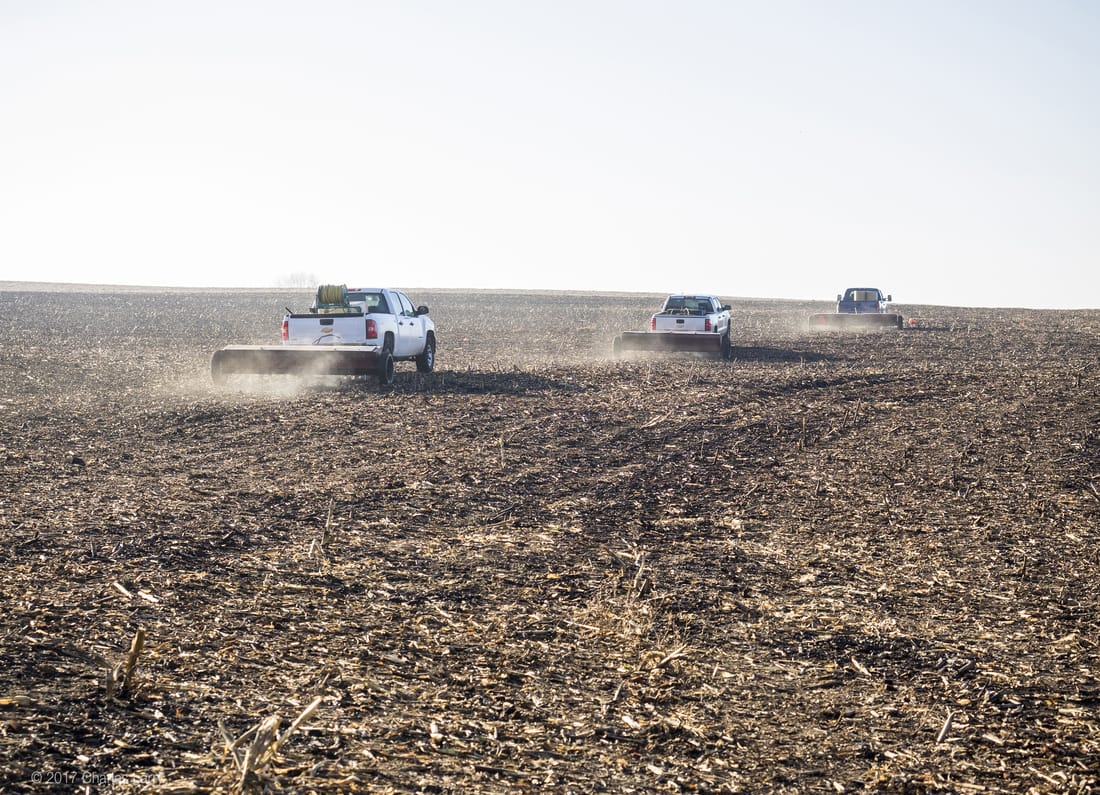
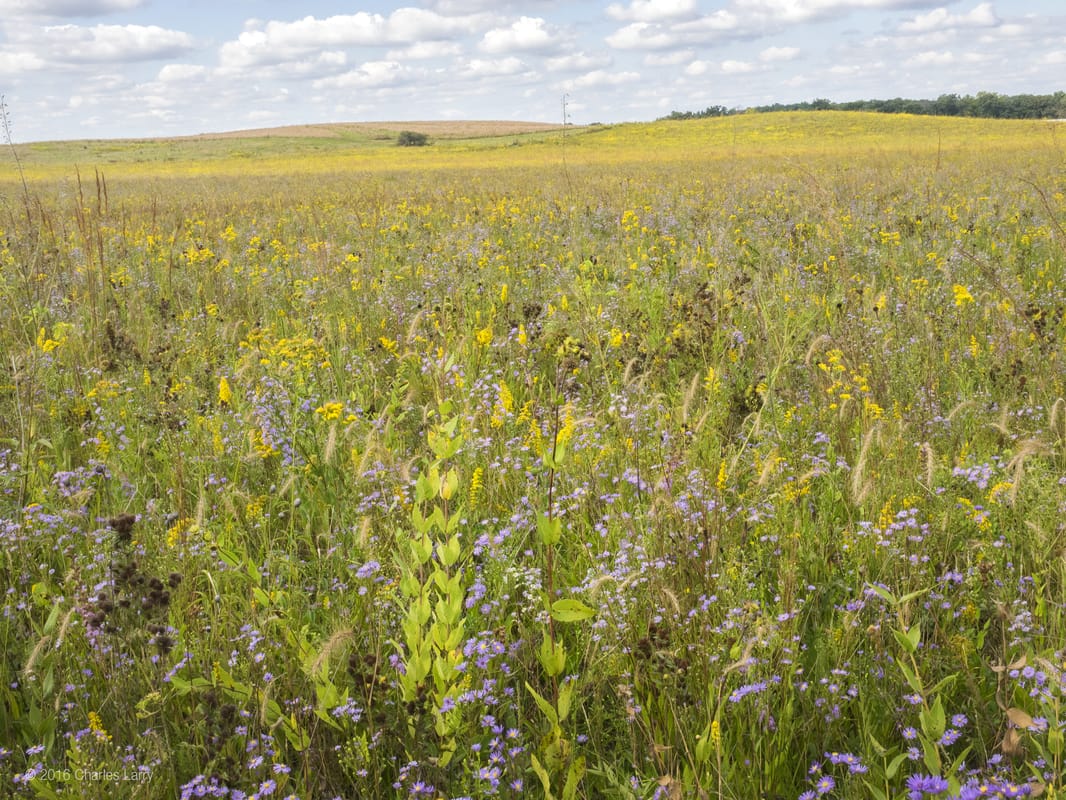
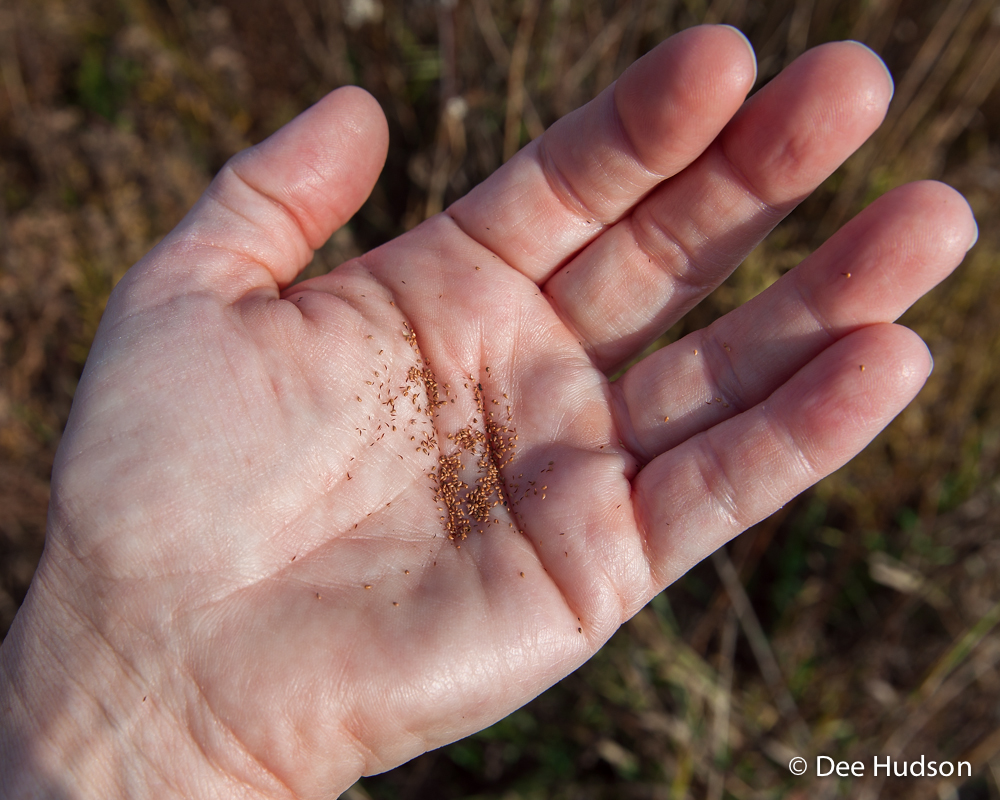
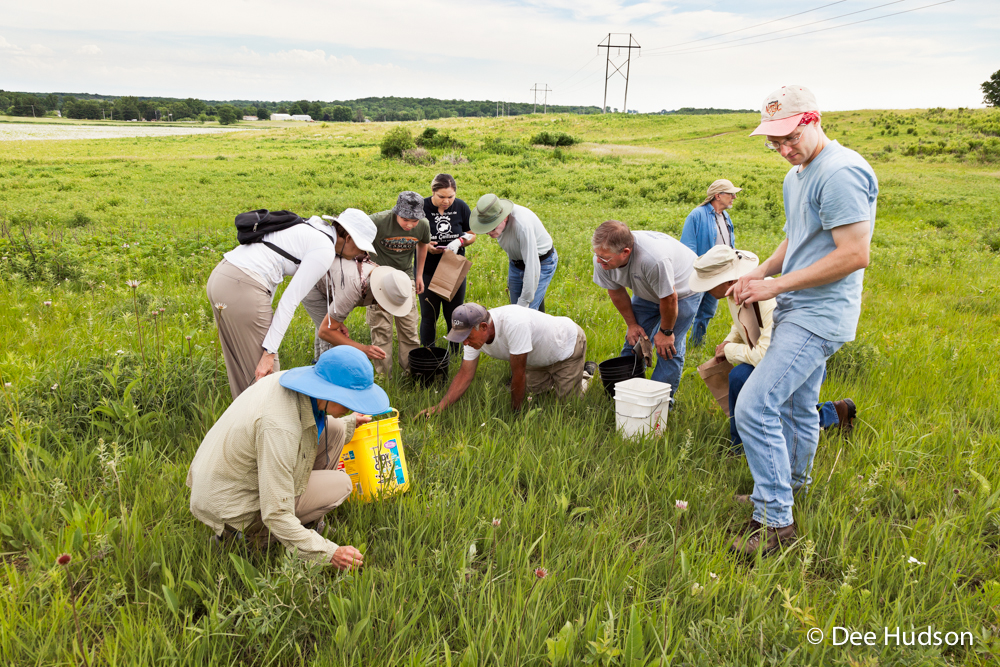
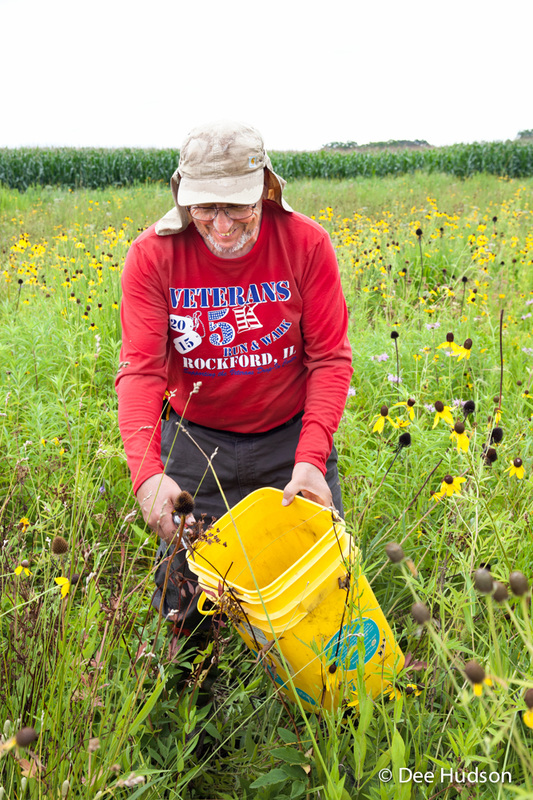
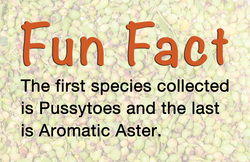
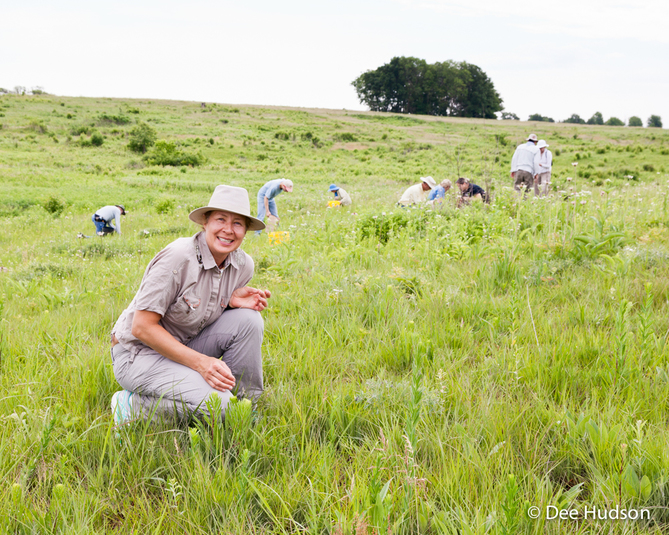
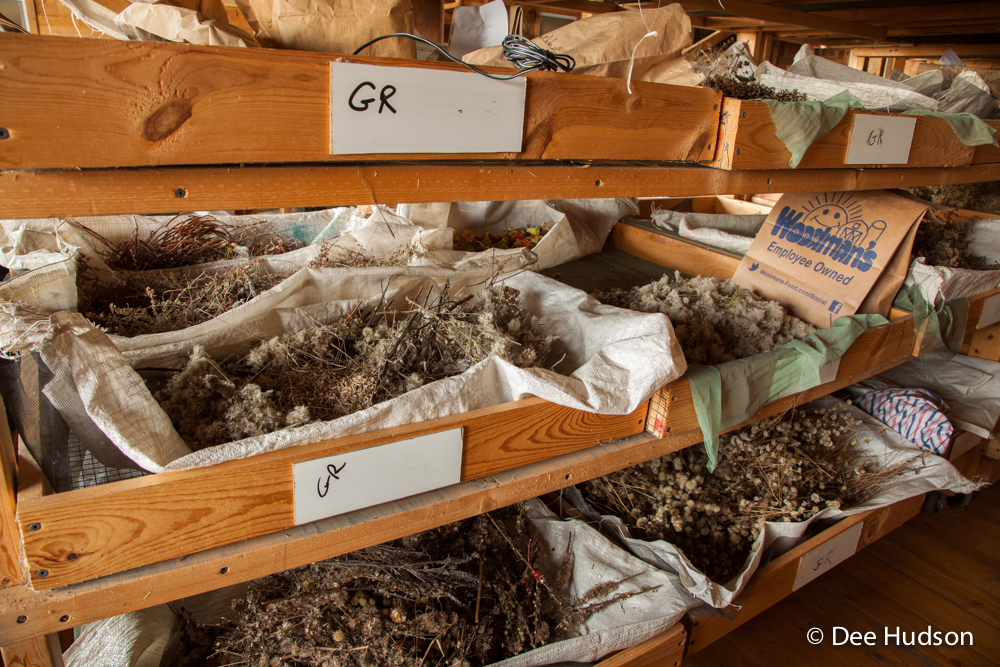
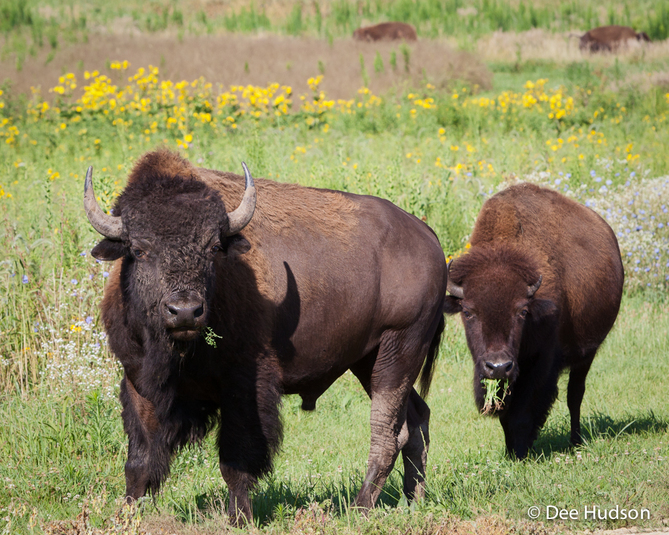
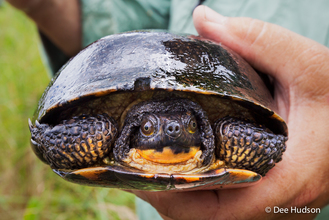
 RSS Feed
RSS Feed